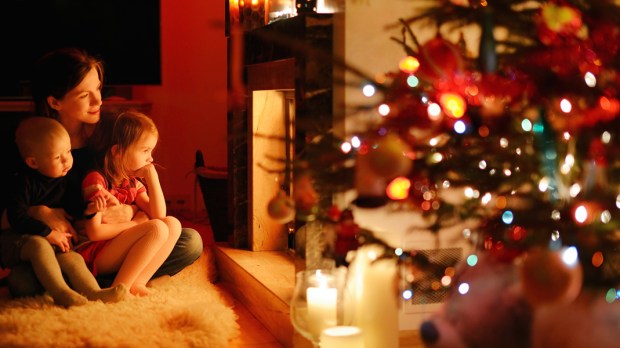Evergreens, logs, garlands, and Nativity scenes abound every year. Yet some Christmas traditions have a spiritual meaning. Grafted onto pre-existing pagan festivals or simply invented by popular piety, these traditions allow us to enter into the mystery of Christmas.
Lights: In honor of the One who saves us from darkness
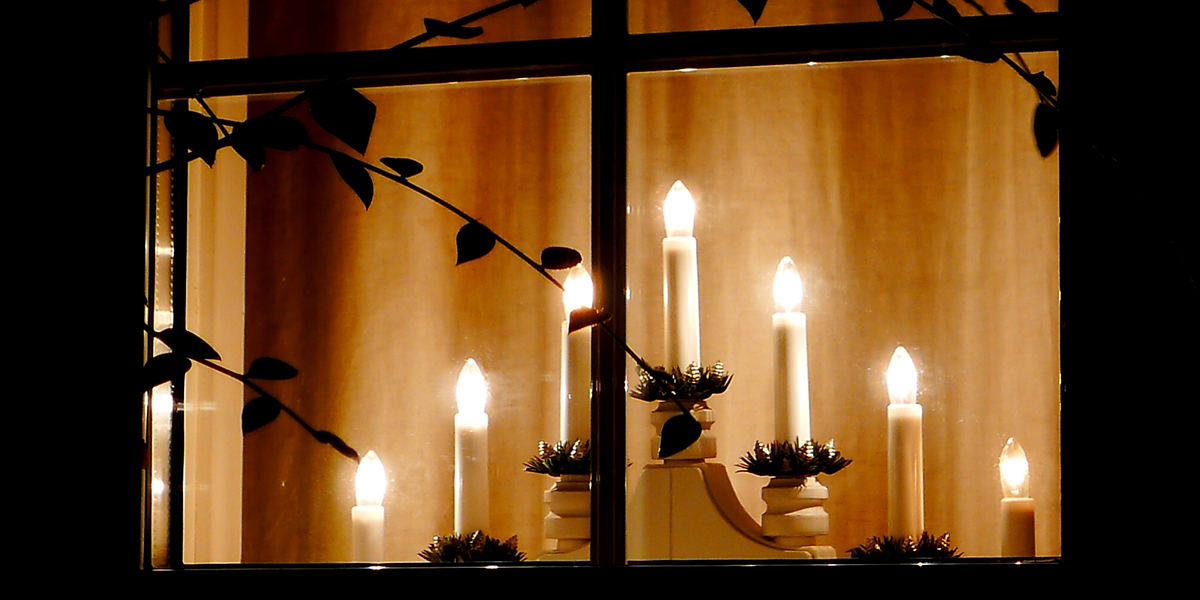
December 25, the day Roman Christians marked the birth of Christ, was claimed as a pagan festival of light celebrated the during winter solstice: the rebirth of the undefeated sun, Sol Invictus. It corresponded to the date when the days start getting longer. Christians made a play on this, celebrating the birth of the Unconquerable Son of God, “Light of the world,” “Sun of justice.” Lighting candles and lanterns. especially on Christmas Eve, is a tribute to the One who overcomes the darkness.
The Nativity scene: Real people at first
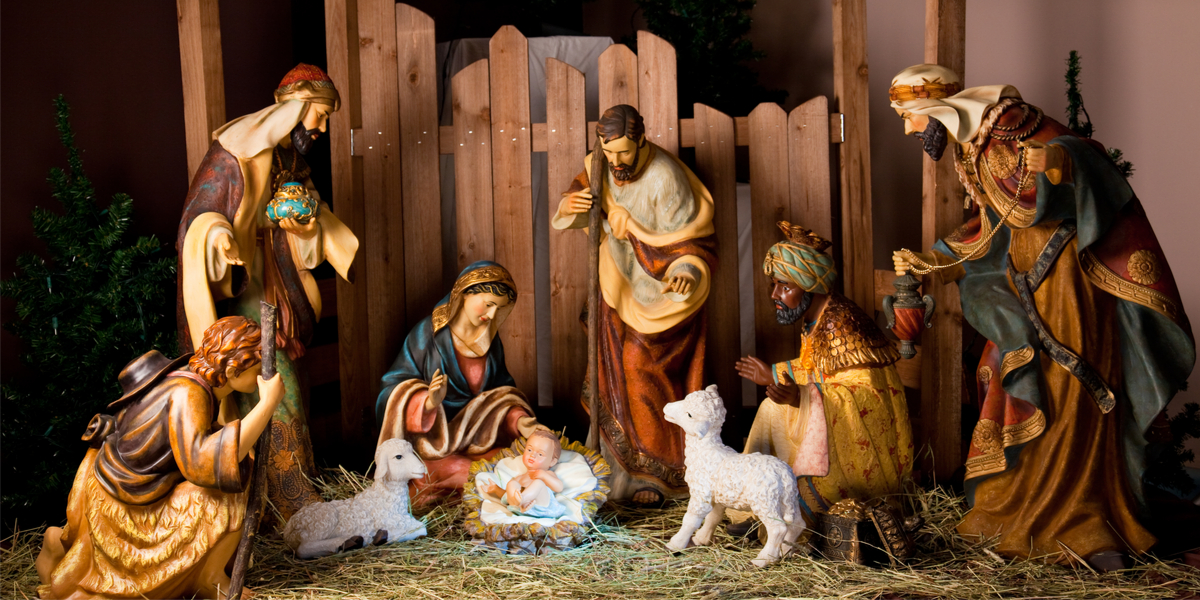
Paintings and sculptures of the Nativity scene were popular in the Middle Ages, as the Christmas story was venerated in popular piety. The mystery plays acted out in churches on the themes of the Nativity and the Adoration of the Magi undoubtedly influenced St. Francis of Assisi. The first living Nativity scene on one Christmas night in 1223 in the village of Greccio is attributed to him.
Gradually, living representations were replaced by static scenes. They sometimes inspired works of art. Italian artists excelled in the 18th century with life-size and full-color figures. The taste for Nativity scenes then spread all over Europe. Each country, each region, has its own traditional representations, in varying degrees of detail or simplicity. The number of characters multiplies, and each parish, each home has its own. Christians pray before these representations of the Mystery of the Incarnation.
The fir tree: A recent custom
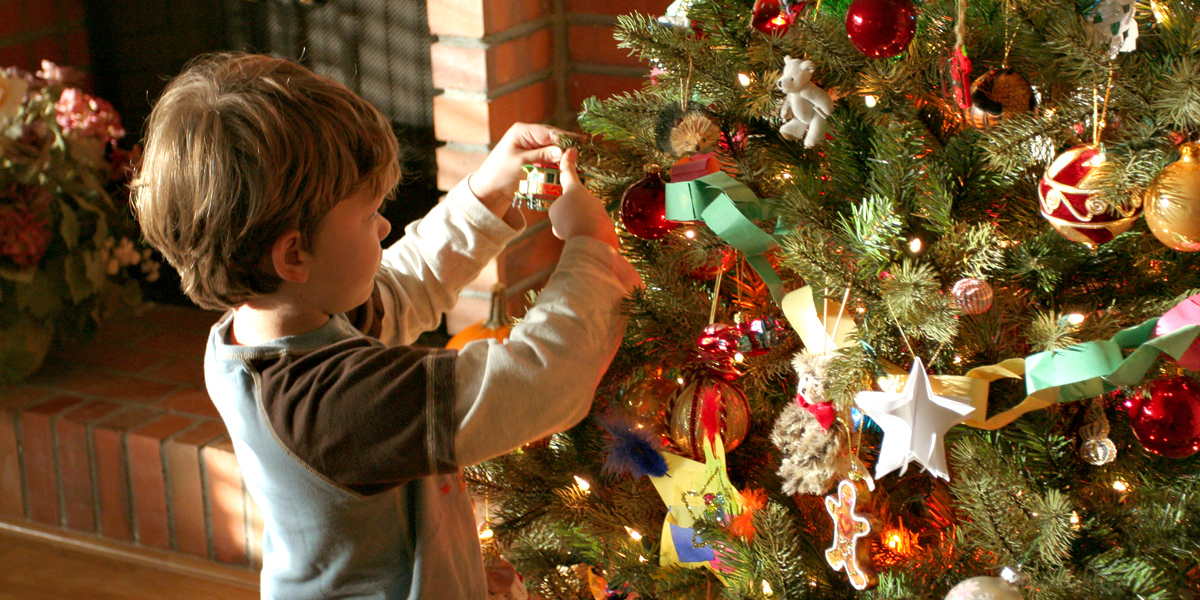
A must. Who doesn’t remember the Christmas trees of their childhood? Ever green, even in the heart of winter, the fir tree is a symbol of life while other trees seem to be dead. The ancients always used it, even honored it. In the 11th century, during Advent, the fir tree often adorned churches when mystery plays — religious and popular scenes — were performed. When the theme of these scenes was original sin, the tree was even decorated with red apples and communion wafers (not consecrated!). The apples symbolize Adam’s sin, the communion wafers the redemption by Christ. In the 15th century, the popularity of the mystery plays waned.But the tradition of decorating the tree survived, especially in the guilds in Alsace, France, and then in individual homes.
In the 15th century, the custom of the Christmas tree was common in Germany. Gradually the fruit decorations were substituted by flowers, ribbons and garland. When the Protestant Reformation banned images like the Nativity scene, the tree could still serve as a symbol of the tree of the knowledge of Good and Evil, the tree of Paradise Lost.
In the 17th century, the custom of putting toys and gifts at the foot of the Christmas tree was adopted.
It was in the 19th century that the tradition of the Christmas tree became widespread, particularly after Queen Victoria of England adopted her German husband’s Christmas customs. In France, the first Christmas tree was planted in 1837 by the Duchess of Orleans in the Tuileries Gardens. After the war of 1870, this beautiful custom of the Christmas tree became established inFrench cities and countryside.
The Yule log cake: Not just a dessert!
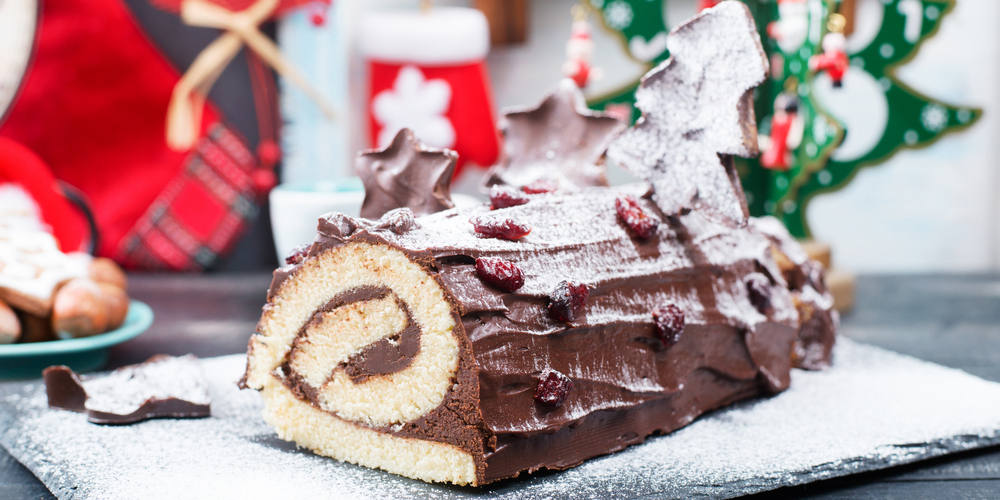
Long before being a Christmas dessert, the Yule log was naturally burned for light and warmth. Pre-Christian peoples welcomed the Yule log as a symbol of the light’s return at the winter solstice. Customs honoring the Yule log were picked up as part of Christmas celebrations. In Alsace, in France, the log is blessed by the youngest or the oldest of the family before being burned. It is chosen by the master of the house and decorated with ribbons. Then, wine, oil or honey is poured over it. It symbolizes sins thrown into the fire and burned by Christ the Light. Frosted and decorated Yule log cakes are popular around the world.
An exception: The Epiphany cake
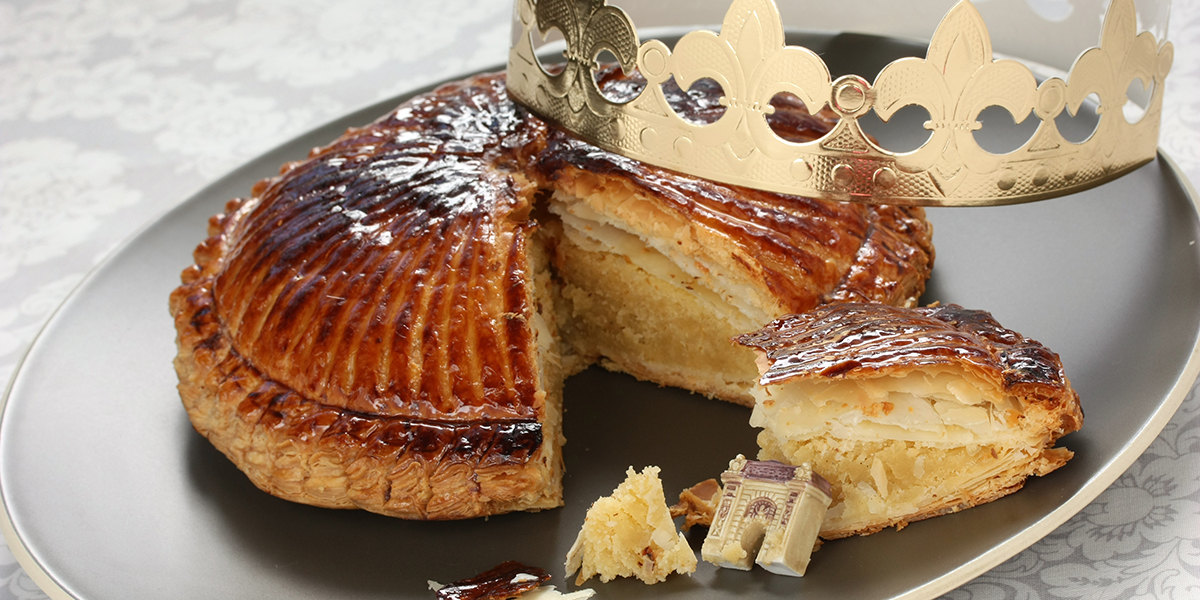
The Epiphany closes the Christmas celebrations. The very popular “three kings pastry” has no particular spiritual meaning, but it is a very nice tradition. It appeared in France at the end of the Middle Ages. It originated from old Greek and Roman customs where the “king of the feast” was chosen at a banquet by a bean that had been baked into the pastry. It has continued through the centuries. In some places they still hide a real bean in the dough, although some use porcelain figurines. In New Orleans, in the United States, the King Cake hides a figure of the Baby Jesus instead of a bean.
Bénédicte Drouin

Read more:
5 Unmistakably Catholic Christmas traditions in the Philippines
